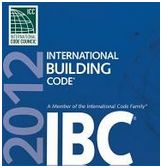 The International Building Code (IBC) is the resultant of years of practical experience and sound engineering practice. The authors are a collective group of Building Officials and engineers, whose mission is to protect the safety of those who will be utilizing the structures built under the auspices of the Code. For practical purposes, every word, of every section of the Building Code has been scrutinized, analyzed, hashed over and rehashed to produce what can only be considered as a magnificent work. Even at this, amendments, additions and subtractions are proposed and made or rejected, providing an updated version every three years, which reflects changes which have come about from better science and research.
The International Building Code (IBC) is the resultant of years of practical experience and sound engineering practice. The authors are a collective group of Building Officials and engineers, whose mission is to protect the safety of those who will be utilizing the structures built under the auspices of the Code. For practical purposes, every word, of every section of the Building Code has been scrutinized, analyzed, hashed over and rehashed to produce what can only be considered as a magnificent work. Even at this, amendments, additions and subtractions are proposed and made or rejected, providing an updated version every three years, which reflects changes which have come about from better science and research.
The Code also allows individual jurisdictions, to make local amendments to the Building Code. Oftentimes this is done without a sound engineering basis, or research to confirm the reasoning behind the amendment(s).
I am going to now pick upon a single permit issuing jurisdiction. This unnamed county has, as is their right, adopted the following:
15.16.060 Post Frame Structures (pole buildings).
A. Post frame structures over twelve hundred (1200) square feet in area shall be designed by a professional, licensed by the State of (Name Withheld) to design such buildings. The licensed professional shall affix his/her certification and signature to the design, including design drawings and details, specifications, and calculations. Any changes to the design, drawings, details, specifications, and calculations during review or construction shall be prepared and certified by the licensed professional designer of record and submitted for approval of the building official prior to incorporating such changes into the work. The minimum design criteria for post frame structures are as follows:
1. Minimum snow load is thirty-five (35) pounds per square foot (PSF). Reductions in live load/snow load are not permitted.
2. The minimum roof purlin dead load is 5 PSF.
3. The maximum total load deflection is:
a. With ceiling: L/240
b. Without ceiling: L/180
4. The maximum wall wind load deflection is L/120.
We recently had a plan review done, in this county, and the Plans Examiner/Building Inspector threw in this curve:
“Our standard design for accepting engineered plans for pole buildings over 1200 square feet, require that purlins/girts are spaced no more than 24” O.C. Your plans call for girts spaced at 31 5/8” and purlins at 29 ¼”. “
After some discussion with the Plans Examiner the resultant was (as relayed from one of our owners):
They don’t have a 24” oc girt and purlin requirement – just the change to deflection that we looked at. His (building officials) reasoning was ‘experience’ – that engineers use code to under design buildings.
I will only address issues which I feel are either contrary to the Building Code, do not make sense from an engineering standpoint, or do not have a rationale under the Laws of Physics.
Minimum snow load. The Code addresses how to calculate Pf (flat roof snow load) and Ps (sloped roof snow load) based upon Pg (ground snow load) as well as factors such as Is (building importance), Ct (temperature factor – is building heated or not), Cs (sloped roof factor), and Ce (roof wind exposure factor).
Picking an arbitrary roof snow load, leads to the possibility of either gross over design (causing more cost to the building owner) or gross under design (leading to a possible failure).
As espoused by this jurisdiction, a roof for an Essential Facility (think fire station), which is unheated, has a 4/12 slope shingled roof, and is protected from the wind, would have the very same load as a heated storage building with an 8/12 pitch metal roof, which is exposed to the wind. Common sense says this is just not the case.
Minimum roof purlin dead load of 5 psf. The dead load should be set by the RDP (Registered Design Professional – architect or engineer) who designs the building to reflect the actual imposed loads. As 60% of the dead load is used to calculate the wind uplift forces on the building, an arbitrarily high dead load could result in the under design of the connections between purlins and trusses, as well as trusses and columns. Potentially this could result in a design, by statute, which results in an overstress of these connections.
In reality 2×6 roof purlins at 24 inches on center, supporting a 29 gauge steel roof induce an actual dead load of about 1.5 psf (pounds per square foot). The 5 psf requirement is 333% higher than reality.
The Building Code allows for purlins supporting a light gauge steel roof to have a deflection of L/150, rather than the stiffer L/180. Deflection criteria have nothing to do with the structural integrity of the roof, merely esthetics under high loads.
The Code allows for wall girts supporting light gauge steel siding to have a deflection of L/90, rather than the stiffer L/120, as long as brittle finishes (such as plaster or drywall) are not being supported. Again deflection criteria have nothing to do with the structural integrity of the siding, merely esthetics under high loads.
Creating criteria which are counter to the majority of the jurisdictions in the country only creates confusion for RDPs, building providers and contractors, as well as increasing costs (without reciprocal benefits) to building owners. These criteria appear to be arbitrary and capricious in penalizing post frame construction against other forms of building construction.
If the feeling is the Building Code allows RDPs to under design buildings, then the jurisdiction should move the International Code Committee (along with providing rational proof as to why) to change the IBC. If snow load is their concern, the utilization of higher Pg values than have ever been historically seen (while not a reality), would allow for a uniformity of calculations by registered engineers.
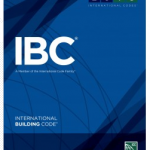 As a member of most every active barndominium group in the social media world, I read all too often how new or prospective barndominium owners proudly proclaim they are or will be building where Building Codes are not enforced.
As a member of most every active barndominium group in the social media world, I read all too often how new or prospective barndominium owners proudly proclaim they are or will be building where Building Codes are not enforced. MYTH #4 I NEED TO HIRE A BUILDER FIRST, BEFORE I DO ANYTHING
MYTH #4 I NEED TO HIRE A BUILDER FIRST, BEFORE I DO ANYTHING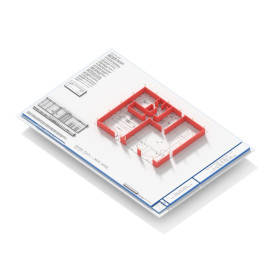 bonding with their teenage daughters erect their own buildings, so chances are – you can as well!
bonding with their teenage daughters erect their own buildings, so chances are – you can as well!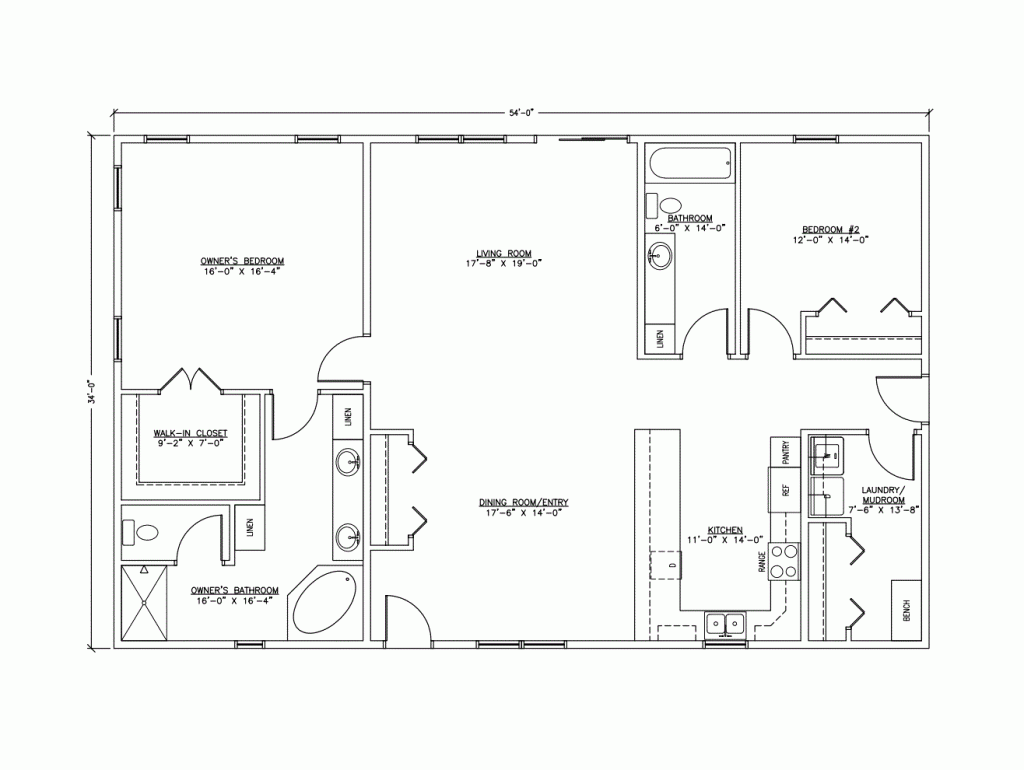
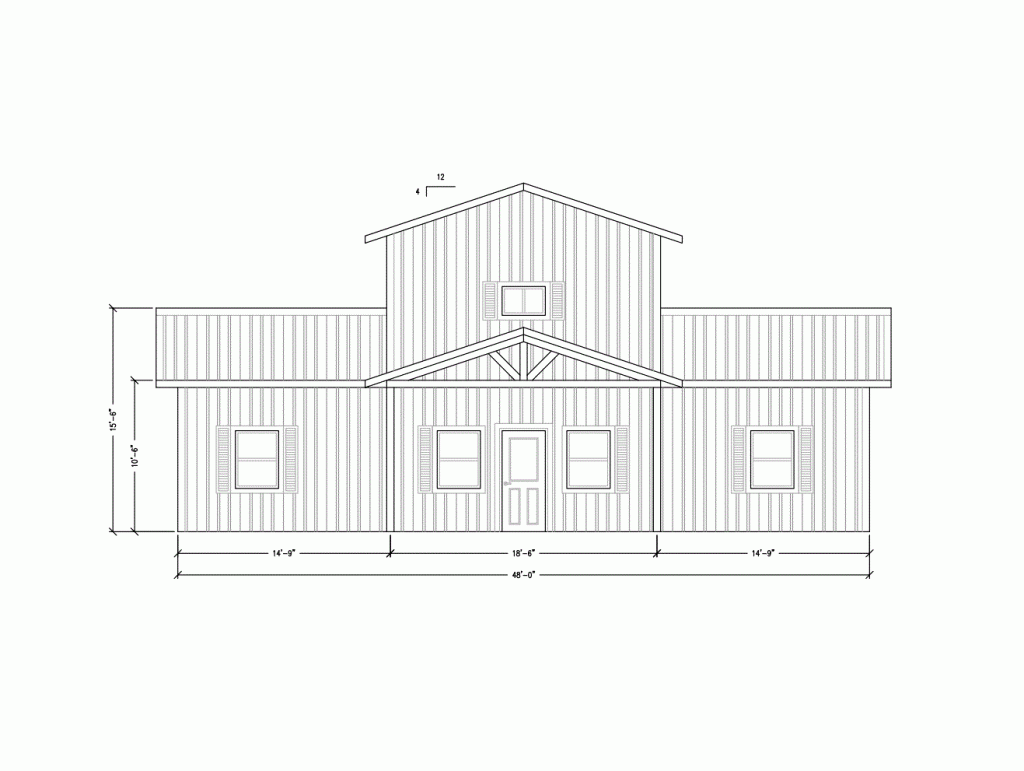
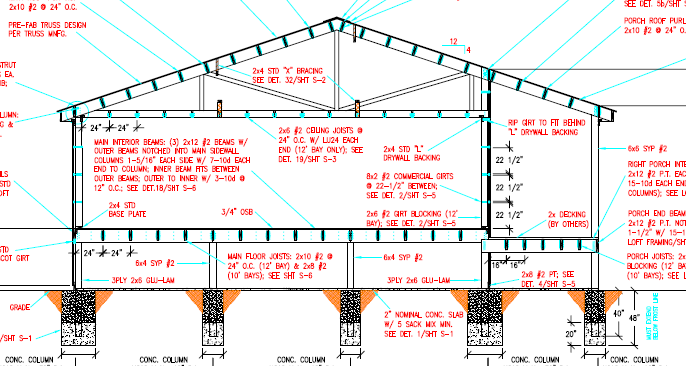

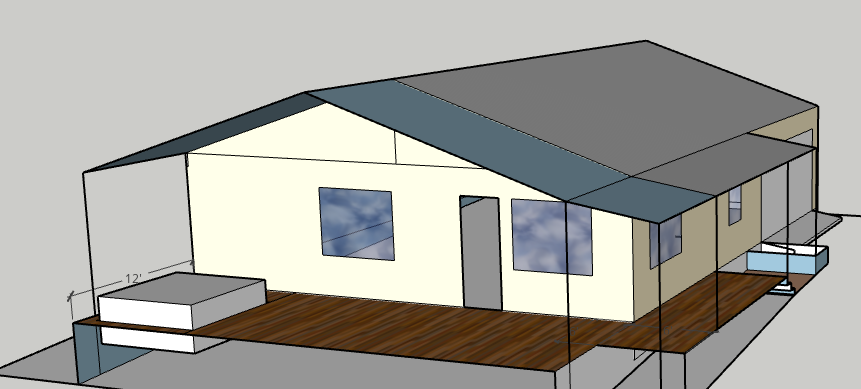
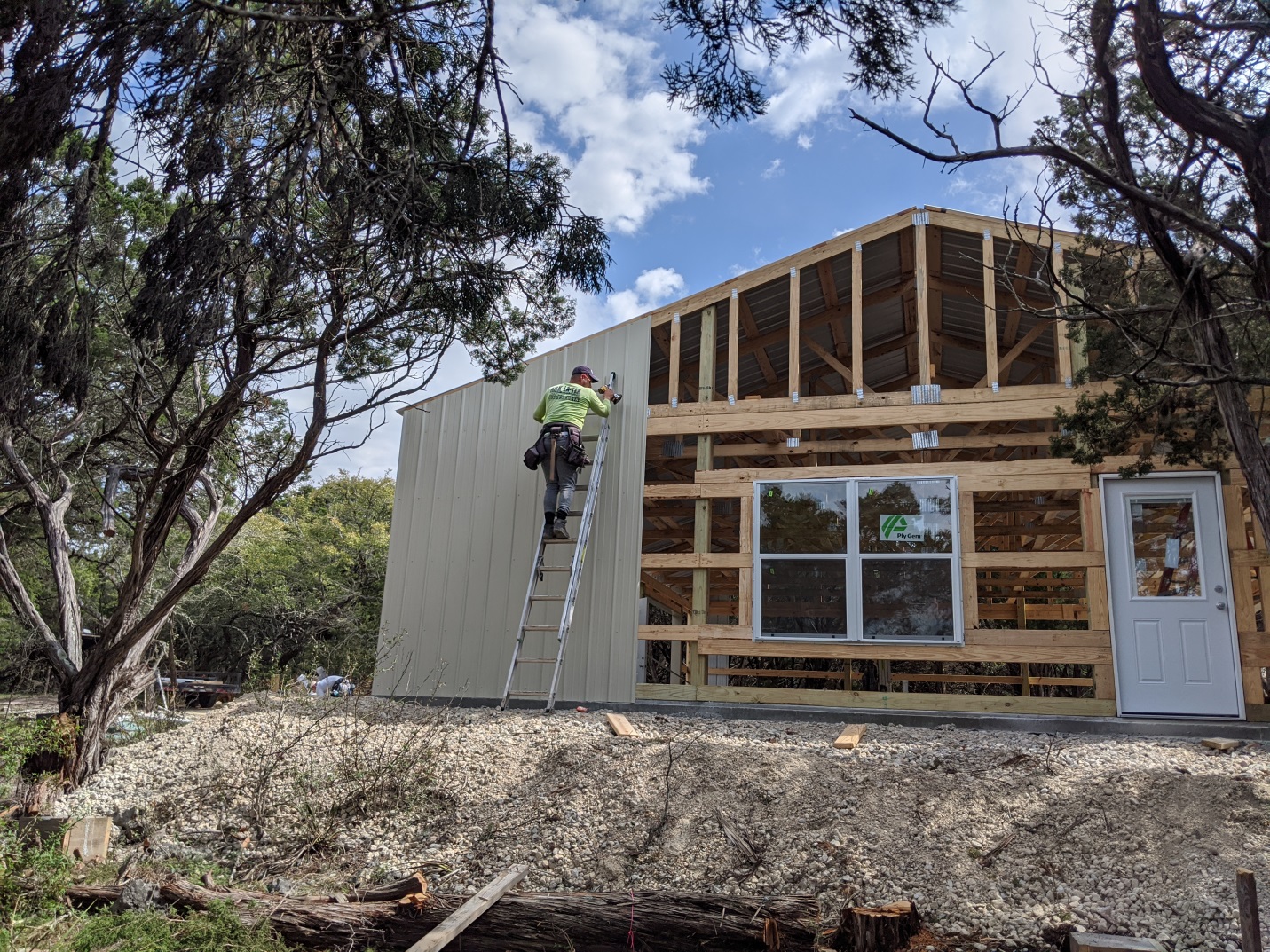
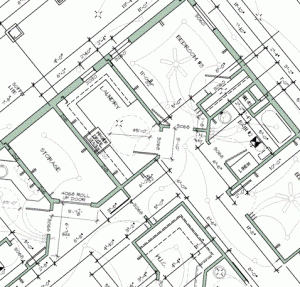 #3 Have professional floor plans
#3 Have professional floor plans
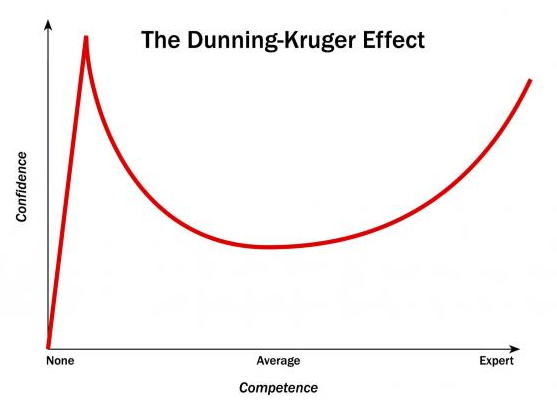
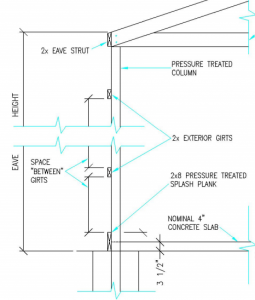 I have to admit, Dan spoke with a Hansen Pole Buildings’ Designer who gave him bad advice – he recommended Dan go with a stick framed building! I would typically grill our Building Designer under high intensity lamps as to what was going through his head, however I cannot as for perhaps obvious reasons he has left us to seek other opportunities (I can put things so diplomatically when I try).
I have to admit, Dan spoke with a Hansen Pole Buildings’ Designer who gave him bad advice – he recommended Dan go with a stick framed building! I would typically grill our Building Designer under high intensity lamps as to what was going through his head, however I cannot as for perhaps obvious reasons he has left us to seek other opportunities (I can put things so diplomatically when I try).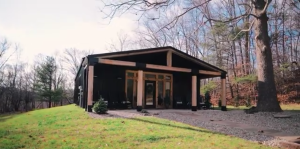 “Maybe you could have a chapter on how building a new building cost money. And that you shouldn’t expect other people have spent money to just give you their plans and all their knowledge that they spent their own hard-earned money on to get.”
“Maybe you could have a chapter on how building a new building cost money. And that you shouldn’t expect other people have spent money to just give you their plans and all their knowledge that they spent their own hard-earned money on to get.”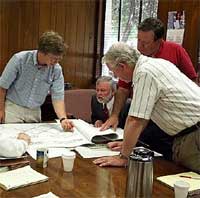 He said the Commission can approve or disapprove type of panel being requested to be used. If the Commission approved panels in this specific instance, Taylor said this decision could be applied to future city buildings. He said it wouldn’t necessarily change city’s ordinance language, but it would give city’s planning department more guidance in what is acceptable in the city.
He said the Commission can approve or disapprove type of panel being requested to be used. If the Commission approved panels in this specific instance, Taylor said this decision could be applied to future city buildings. He said it wouldn’t necessarily change city’s ordinance language, but it would give city’s planning department more guidance in what is acceptable in the city. Anyone else who feels an interest or love for post frame construction and wishes to share will be welcomed.
Anyone else who feels an interest or love for post frame construction and wishes to share will be welcomed.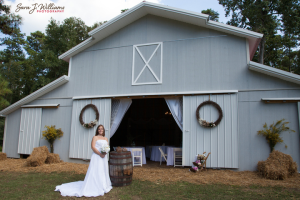 In my humble opinion, a majority of these builders who had to change their construction were probably not building Code conforming structures! Think about this if you are considering investing in a post frame building from ANY builder.
In my humble opinion, a majority of these builders who had to change their construction were probably not building Code conforming structures! Think about this if you are considering investing in a post frame building from ANY builder.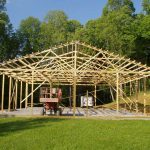 The span of the 1st section (north side), would need to be 18ft. If I used a triple truss at 18 ft. and 2×8 purlins would I be able to get this to work. I will be using a metal roof the 30 ft. wall will have a 16 ft. door and 9 ft. door Eve entry. I know it’s not optimal. But to get a lift inside the garage it will be a must to get this span. Also my garage door will follow the roof line. In the 18 ft. area it will be hung from the purlins. A winch will be used as an opener. Also attached to the purlins but boxed to prevent movement.”
The span of the 1st section (north side), would need to be 18ft. If I used a triple truss at 18 ft. and 2×8 purlins would I be able to get this to work. I will be using a metal roof the 30 ft. wall will have a 16 ft. door and 9 ft. door Eve entry. I know it’s not optimal. But to get a lift inside the garage it will be a must to get this span. Also my garage door will follow the roof line. In the 18 ft. area it will be hung from the purlins. A winch will be used as an opener. Also attached to the purlins but boxed to prevent movement.”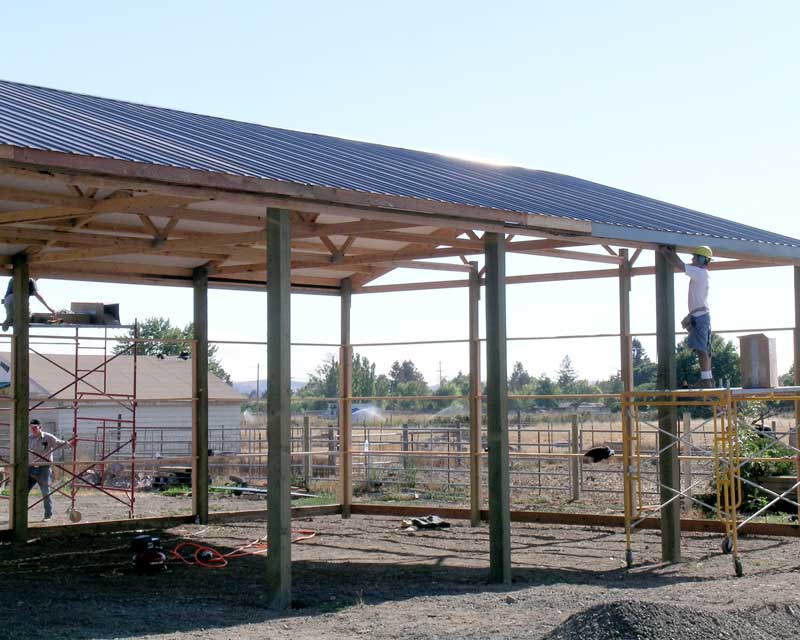 Best place to start is with the Indiana Code definition of a Class 1 structure:
Best place to start is with the Indiana Code definition of a Class 1 structure: My vote is you are smart in having the involvement of a Registered Design Professional (RDP – architect or engineer) who is capable of wading through the mire and muck to weed out the supposition from the reality. The IBC (International Building Code) is not a prescriptive Code, it allows qualified designers to use sound engineering practice to design post frame buildings which will last a lifetime or more.
My vote is you are smart in having the involvement of a Registered Design Professional (RDP – architect or engineer) who is capable of wading through the mire and muck to weed out the supposition from the reality. The IBC (International Building Code) is not a prescriptive Code, it allows qualified designers to use sound engineering practice to design post frame buildings which will last a lifetime or more.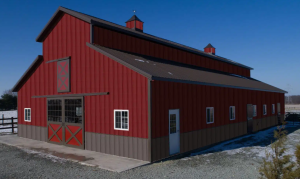 Mr. Hamm happens to be, amongst other things, a building contractor. He does not profess to have any particular expertise at the structural design of complex buildings – of which post frame (pole barn) buildings certainly are. The Hansen Pole Buildings Instant Pricing™ system, as an example, also produces complete calculations for each building it prices. For even a simple two car post frame garage it is not unusual to have the calculations amount to over 100 typed pages as every member of the building is checked to assure its adequacy to resist all applied loads – whether wind, snow, rain, seismic forces or a combination thereof.
Mr. Hamm happens to be, amongst other things, a building contractor. He does not profess to have any particular expertise at the structural design of complex buildings – of which post frame (pole barn) buildings certainly are. The Hansen Pole Buildings Instant Pricing™ system, as an example, also produces complete calculations for each building it prices. For even a simple two car post frame garage it is not unusual to have the calculations amount to over 100 typed pages as every member of the building is checked to assure its adequacy to resist all applied loads – whether wind, snow, rain, seismic forces or a combination thereof.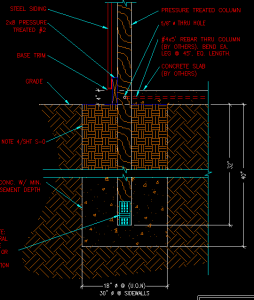
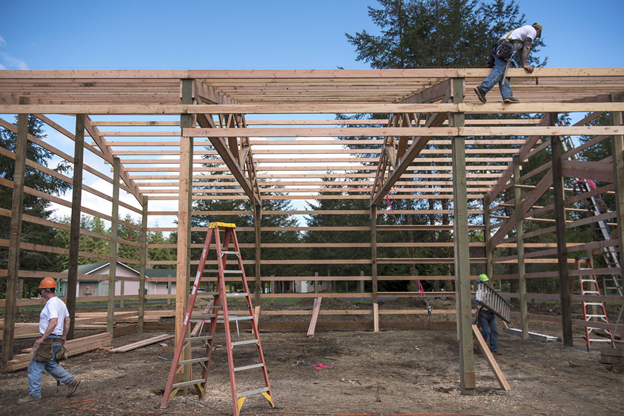
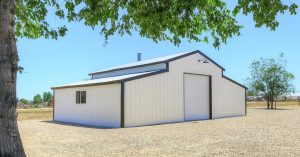 When a pole building is constructed from engineered plans (not just the use of prefabricated metal connector plated trusses, built from engineer sealed truss drawings), oftentimes the Registered Design Professional (RDP – engineer or architect) can provide a brief letter to the Building Official, in the event things have gone astray. Sometimes a sketch needs to also be provided, but (provided this method is acceptable to the Building Official) this fix is going to prove far less expensive than having to rework one or more pages of the blueprints.
When a pole building is constructed from engineered plans (not just the use of prefabricated metal connector plated trusses, built from engineer sealed truss drawings), oftentimes the Registered Design Professional (RDP – engineer or architect) can provide a brief letter to the Building Official, in the event things have gone astray. Sometimes a sketch needs to also be provided, but (provided this method is acceptable to the Building Official) this fix is going to prove far less expensive than having to rework one or more pages of the blueprints.





